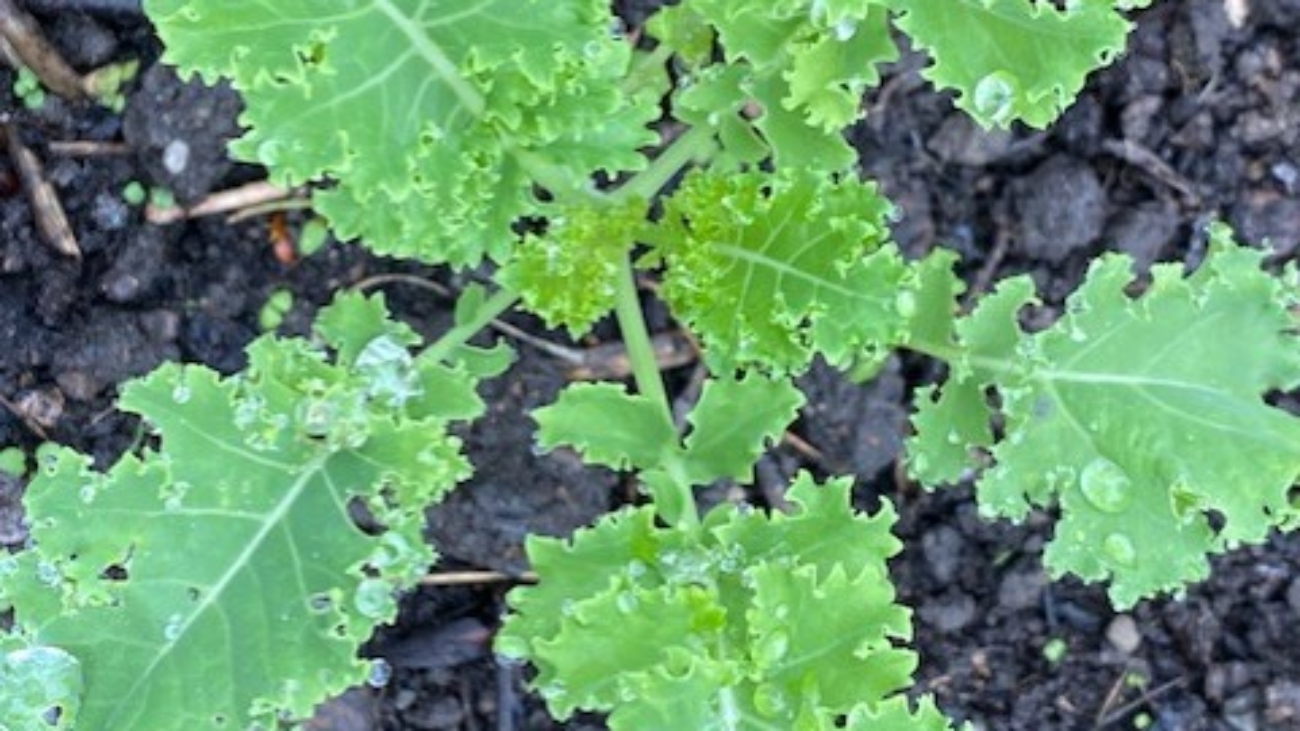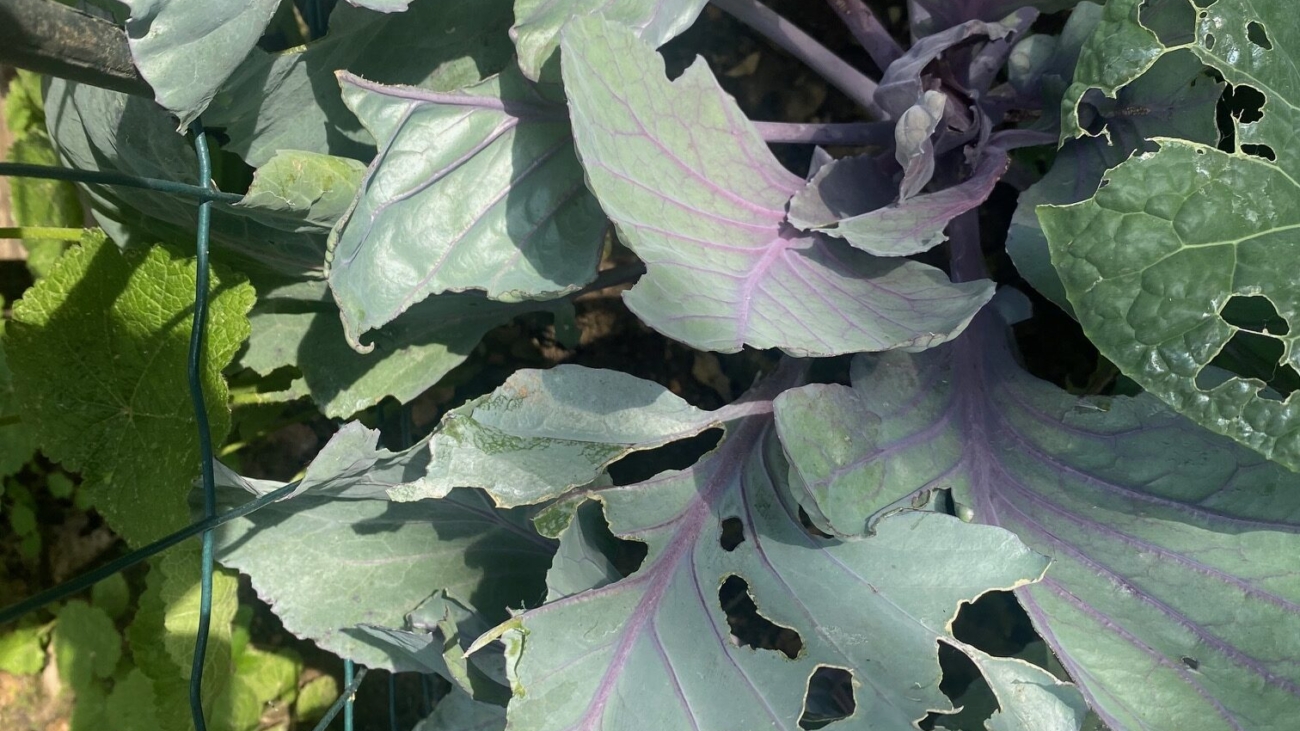There’s plenty still to do in growing spaces as the harvest continues, but temperatures are dropping, the soil is cooling, and the nights are drawing in. Stay tuned as we make the seasonal switch from the end of this week.
Peas
If you had a late crop of peas the pods will be coming to an end. Peas and beans are great plants for soil conditioning- cut stems above the ground off at soil level leaving the nitrogen-fixing roots in the soil. Spent pea plants make amazing compost. Chop them up where possible with shears or secateurs to speed up the process and mix them with other garden greens, toilet rolls, old egg boxes etc.
Tomatoes
Indoors tomatoes will slowly continue to ripen, if you have quite a few, green tomatoes can be turned into salsa or chutney. Outdoor tomato plants can now be composted.
Berries
Late summer berries keep on giving but as any sunshine loses its power, the fruits become less sweet. Autumn berries can be great for jam or crumbles, so keep up the harvest and check your local hedgerow for blackberries too.
Greens
Kale plants come into their own now as other tender greens slow down. The good news is the cooler temperatures mean no more cabbage white butterfly caterpillars munching your greens, but beware of the pigeon!
Herbs
Any late-flowering herbs offer essential late nectar for bees. Basil, parsley and coriander continue to grow indoors and out. Outdoor plants will benefit from some protection as the temperature drops- an old plastic juice bottle or glass fridge door will do!
Tatties
Lift tatties on dry days for storing. Store any surplus tatties carefully, checking for blemishes, fork holes or squidgy bits. One rotting tattie can soon become many. Tatties need stored somewhere cool and dark. The advantage to lifting and storing indoors is that you can sow broad beans or garlic in empty soil from next month.
If you’ve loved growing more of what you eat and eating more of what you grow this season, you might consider becoming more self-sufficient through seed saving next year! A couple of great resources can help introduce you to the wonderful world of seeds.











